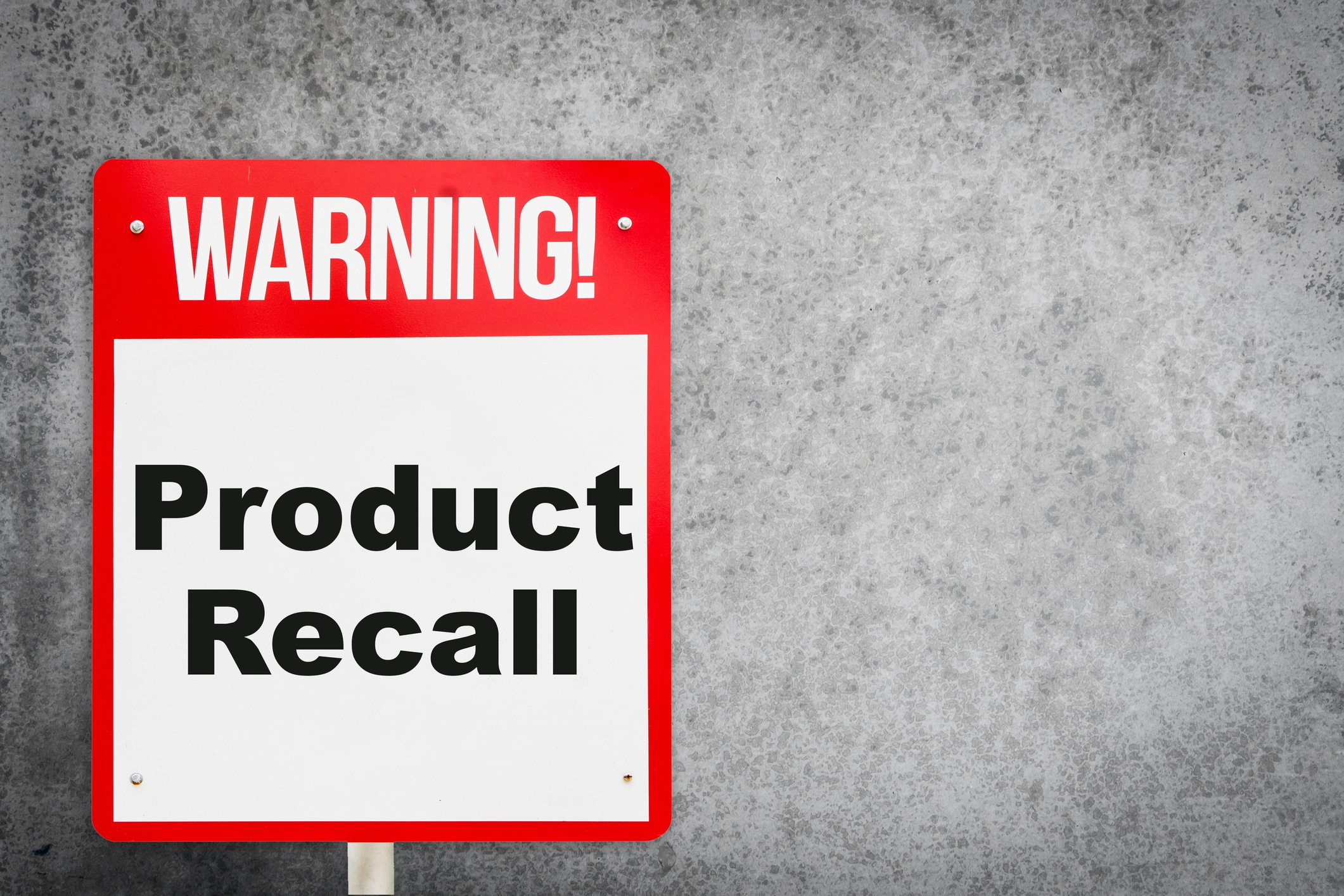Recalls are actions taken by a firm to remove a product from the market. Recalls may be conducted on a firm’s own initiative, by FDA request, or by FDA order under statutory authority. It is important to understand the different terms related to recalls.
The definitions of the different recall classifications below are derived from the U.S. Food & Drug administration recall definitions. For a complete list of terms related to recalls, visit the fda.gov. The FDA offers a Regulatory Procedures Manual for recalls.
- Product Recall: is a request from a manufacturer to return a product after the discovery of safety issues or product defects that might endanger the consumer or put the maker/seller at risk of legal action.
- Consignee: anyone who received, purchased, or used the product being recalled.
- Direct account: the first consignee in a recalling firm’s distribution chain.
- Direct consignee: the first consignee in a recalling firm’s distribution chain. 21 CFR 117 uses the term “direct consignee” to have the same meaning as “direct account” in 21 CFR part 7, subpart C.
- Depth of Recall: The level in the distribution chain to which a recall is to extend.
- Wholesale level: Product removed from a warehouse or distribution center where the product is not under the direct control of the manufacturer.
- Retail level: Product removed from retail stores.
- User/Consumer level: Product has been sold to consumers and involves the removal of the product from warehouse and retail sale with possible public notification to the consumer.
- Effectiveness Checks: The purpose of effectiveness checks is to verify that all consignees (at the recall depth specified by the strategy) have received notification about the recall and have taken appropriate action. Consignees may be contacted by personal visits, telephone calls, letters, or a combination thereof. A guide entitled “Methods for Conducting Recall Effectiveness Checks” that describes the use of these different methods is available from FDA. The recalling firm will ordinarily be responsible for conducting effectiveness checks, but FDA will assist in this task where necessary and appropriate. The recall effectiveness is determined by comparing the amount recalled product recovered to the total amount of recalled product. Effectiveness checks can be completed electronically, by phone, or by physical visits by a regulatory agency, the company or a third party.
- Recall Classifications: Recalls are classified into a numerical designation (I, II, or III) by the FDA to indicate the relative degree of health hazard presented by the product being recalled.
- Class I – a situation in which there is a reasonable probability that the use of, or exposure to, a violative product will cause serious adverse health consequences or death.
- Class II – a situation in which use of, or exposure to, a violative product may cause temporary or medically reversible adverse health consequences or where the probability of serious adverse health consequences is remote.
- Class III – a situation in which use of, or exposure to, a violative product is not likely to cause adverse health consequences.
To view the FDA’s recall procedure manual visit the FDA.
